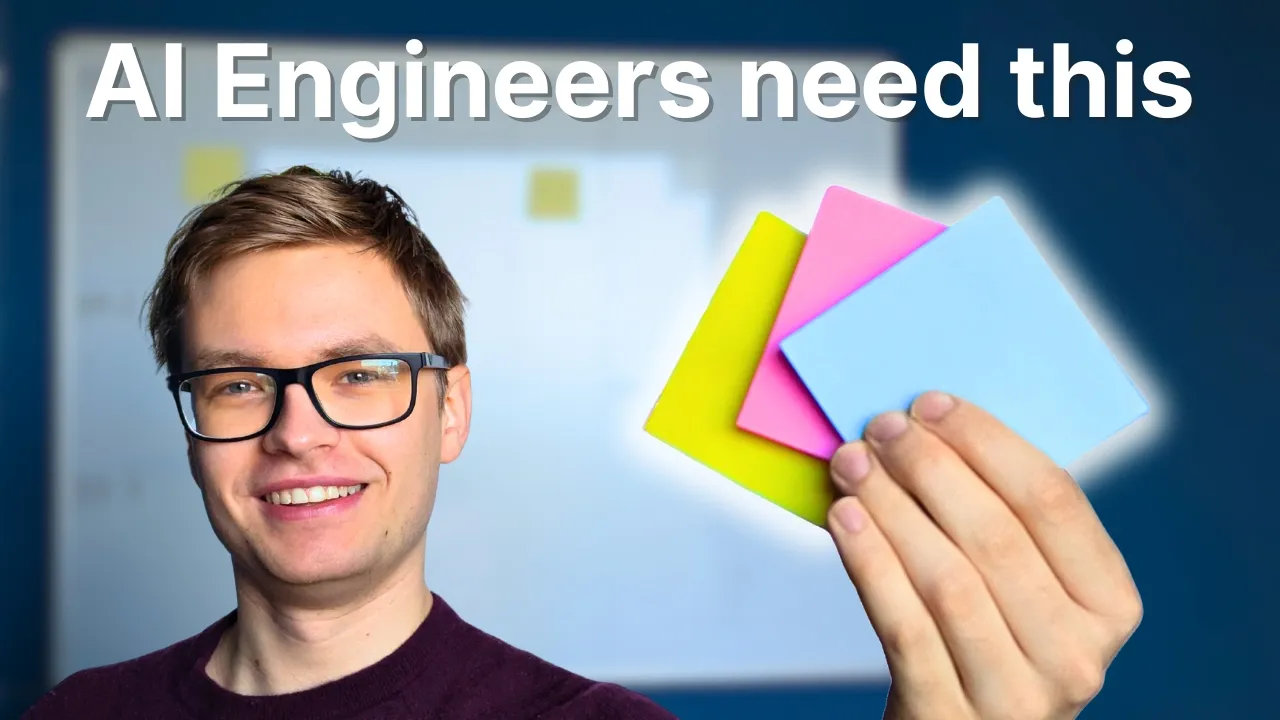From Chaos to Clarity in AI Engineering
AI engineering work presents a unique challenge: the cognitive demands are exceptionally high, yet the typical work environment is filled with distractions and context switches. This tension between what the work requires and how we’re organized to do it explains why many talented engineers struggle to maximize their impact despite putting in long hours.
After making over 1,800 meaningful contributions in 2024 and advancing to senior engineer status, I’ve identified that the difference between average and exceptional AI engineers often isn’t technical knowledge—it’s mastery of focus management.
The Hidden Cost of Context Switching
Context switching—moving your attention between different tasks, projects, or problem domains—is particularly devastating for AI work. Unlike simpler tasks, complex AI problems require loading substantial context into your working memory:
- Understanding model architectures
- Recalling previous experiments and their outcomes
- Considering system integration points
- Keeping track of data processing pipelines
Each time you switch contexts, you pay a cognitive tax as your brain unloads one set of complex information and loads another. Research suggests that after a significant interruption, it can take 23 minutes to fully return to a deep focus state. For AI engineers juggling multiple projects, this can mean spending more time in transition than in productive work.
Single-Tasking: The Superpower of Top Engineers
The most effective AI engineers aren’t necessarily working longer hours—they’re extracting more value from each hour through disciplined single-tasking. Single-tasking isn’t just about ignoring distractions; it’s about creating conditions where deep focus can flourish.
A physical task management system supports this by:
- Creating clear boundaries around which task deserves attention now
- Providing external validation for saying “no” to interruptions
- Reducing the temptation to “just check” on other projects
- Giving permission to be temporarily unavailable
This approach directly opposes the always-on, instantly-responsive culture that prevails in many tech organizations. The paradox is that by being less immediately available, you become more valuable through the depth and quality of your focused work.
Strategic Prioritization for Maximum Impact
Beyond single-tasking, exceptional engineers develop frameworks for selecting which tasks deserve their attention in the first place. The key insight is distinguishing between tasks that feel urgent and those that are genuinely important for project success.
Consider categorizing your work into these quadrants:
- Quick Wins: Low effort, high impact tasks that provide momentum
- Strategic Investments: High effort, high impact work that advances your career
- Necessary Maintenance: Low impact but required for system health
- Time Traps: Low impact, high effort tasks that should be minimized
AI engineers who deliberately shift their time allocation toward strategic investments—like architectural improvements, algorithm optimizations, or building reusable components—often find their career trajectory accelerates while their stress decreases. For detailed guidance on advancing your AI engineering career, explore my comprehensive career roadmap from beginner to six figures.
Measuring What Matters: Progress vs. Busyness
A final critical element is changing how you measure your own productivity. Many engineers fall into the trap of equating busyness with progress, feeling productive when constantly responding to messages or fixing minor bugs.
True progress in AI engineering typically involves meaningful advancements in:
- Model performance improvements
- System architecture enhancements
- Elimination of bottlenecks
- Creation of reusable components
- Portfolio-building projects that demonstrate expertise
- Knowledge consolidation that benefits the team
Building a portfolio of meaningful contributions is essential for career growth. Learn how to create portfolio projects that secure six-figure AI engineering positions.
A physical system that visually represents completed high-impact work provides immediate feedback on whether you’re making progress on what truly matters. This visual reinforcement creates a virtuous cycle where seeing evidence of meaningful contributions motivates continued strategic focus.
The journey from chaos to clarity doesn’t happen overnight, but establishing systems that protect your focus and direct it toward high-impact work creates compound benefits over time. The resulting clarity doesn’t just make you more productive—it transforms the quality of your contribution and the trajectory of your career. To understand what skills and requirements companies value most in AI engineers, check out my detailed AI engineer job requirements guide for 2025.
To see exactly how to implement these concepts in practice, watch the full video tutorial on YouTube. I walk through each step in detail and show you the technical aspects not covered in this post. If you’re interested in learning more about AI engineering, join the AI Engineering community where we share insights, resources, and support for your journey. Turn AI from a threat into your biggest career advantage!

